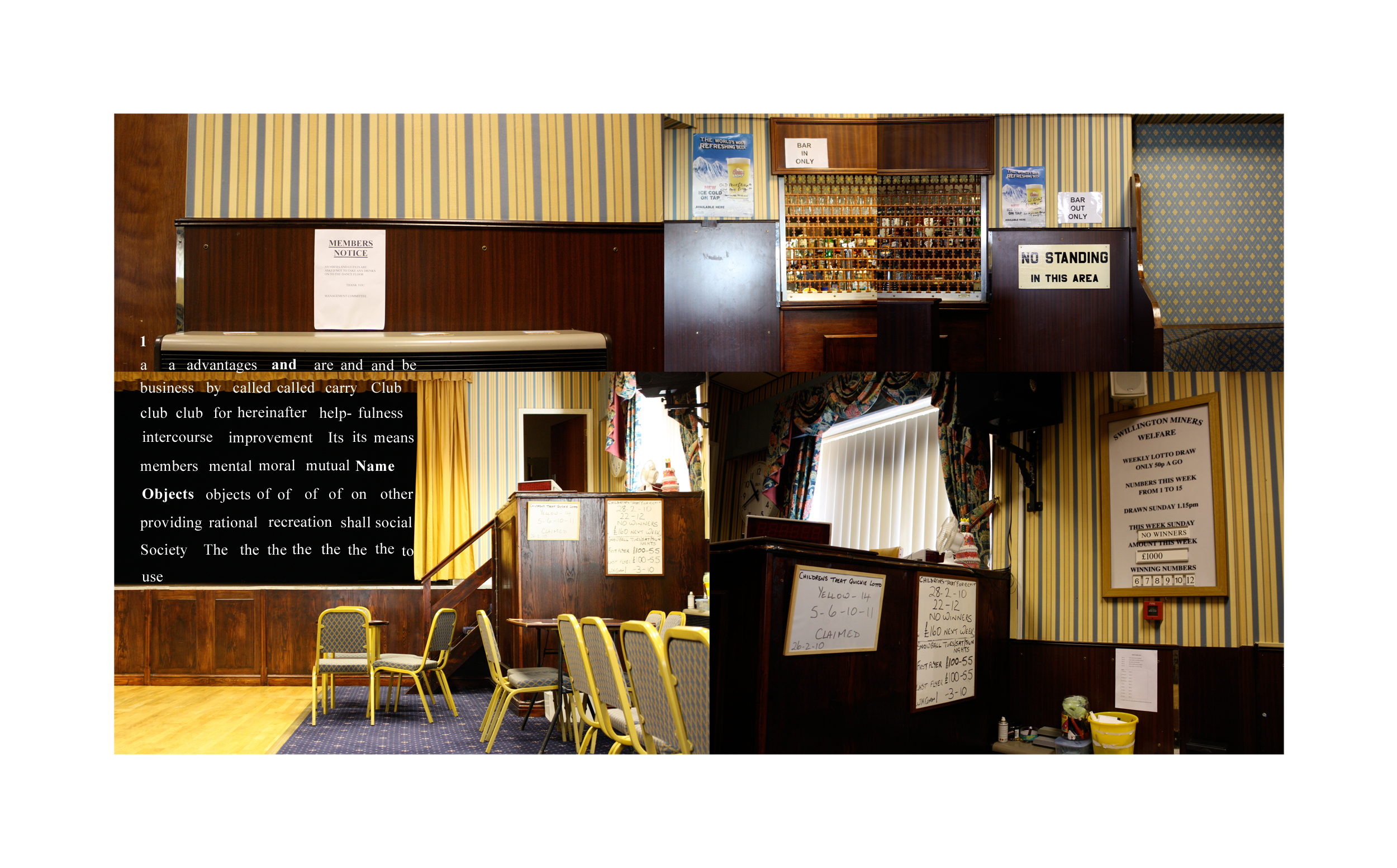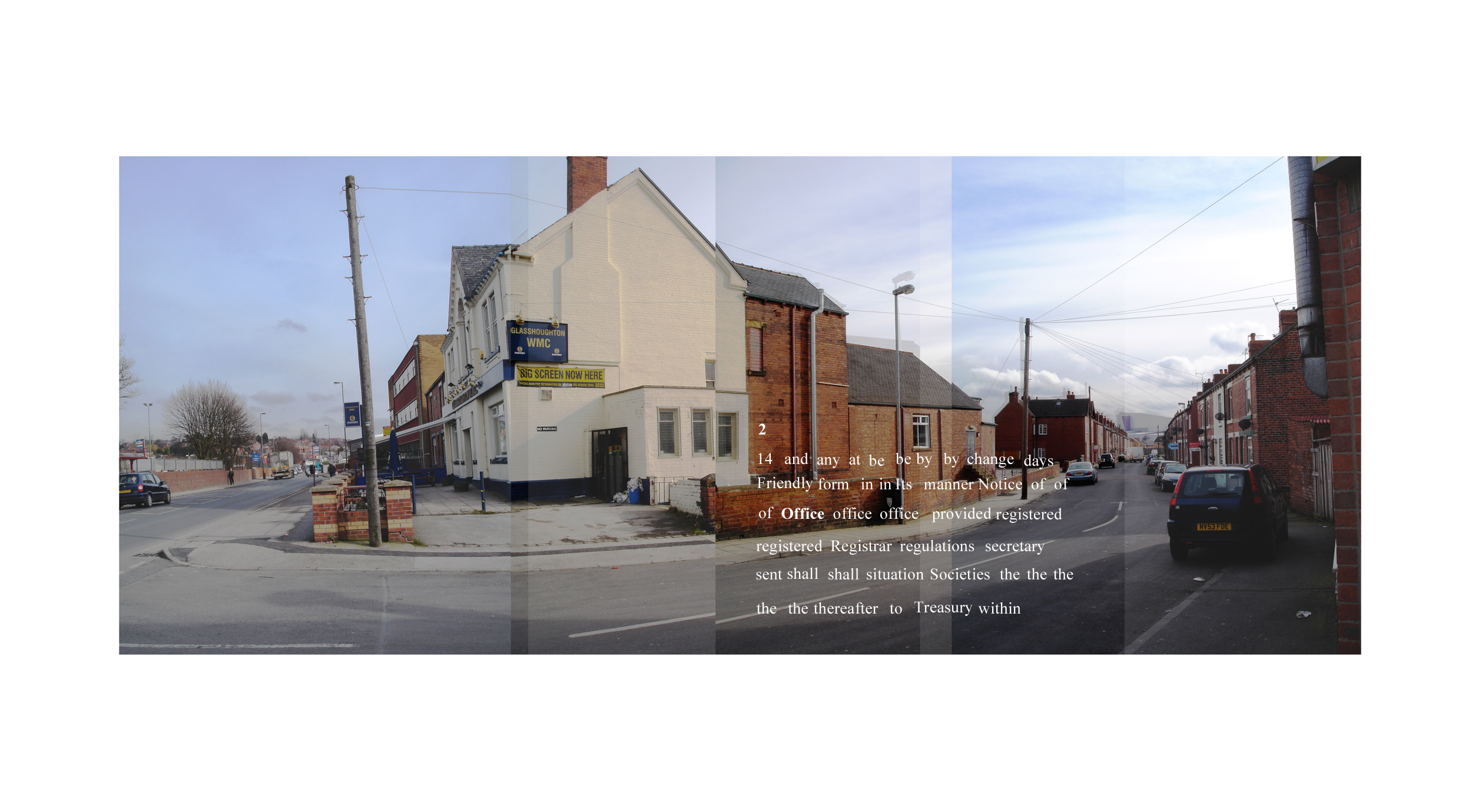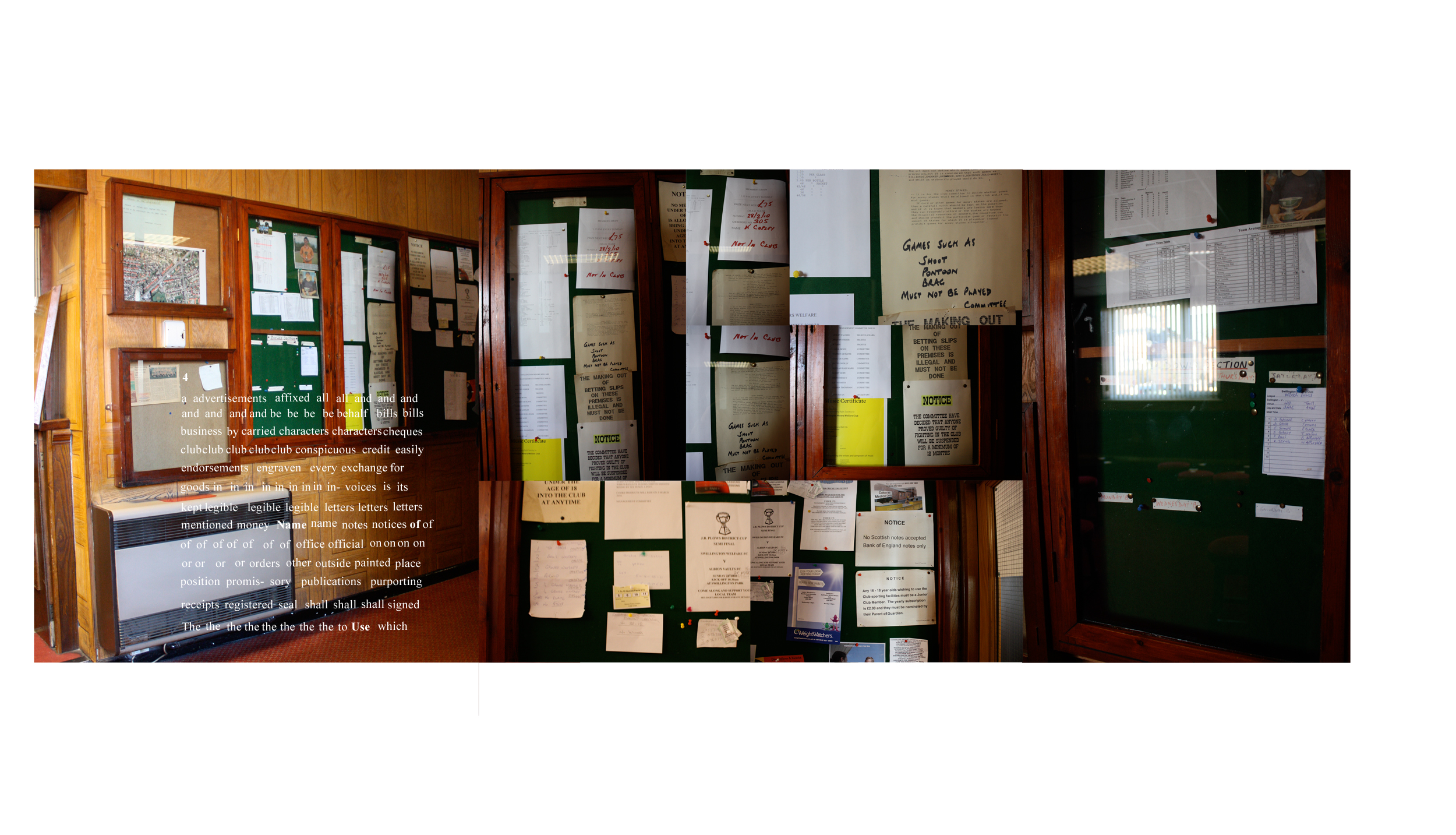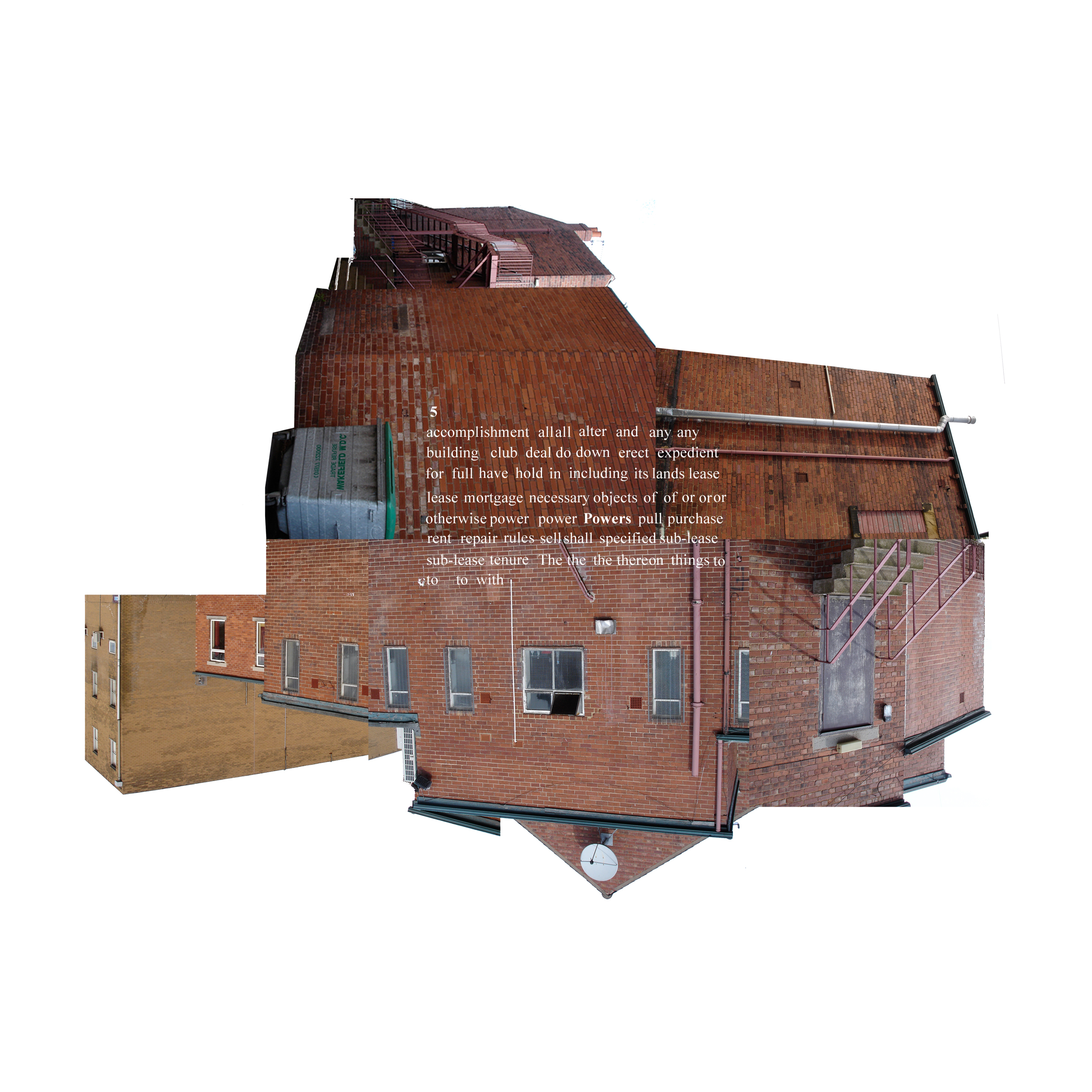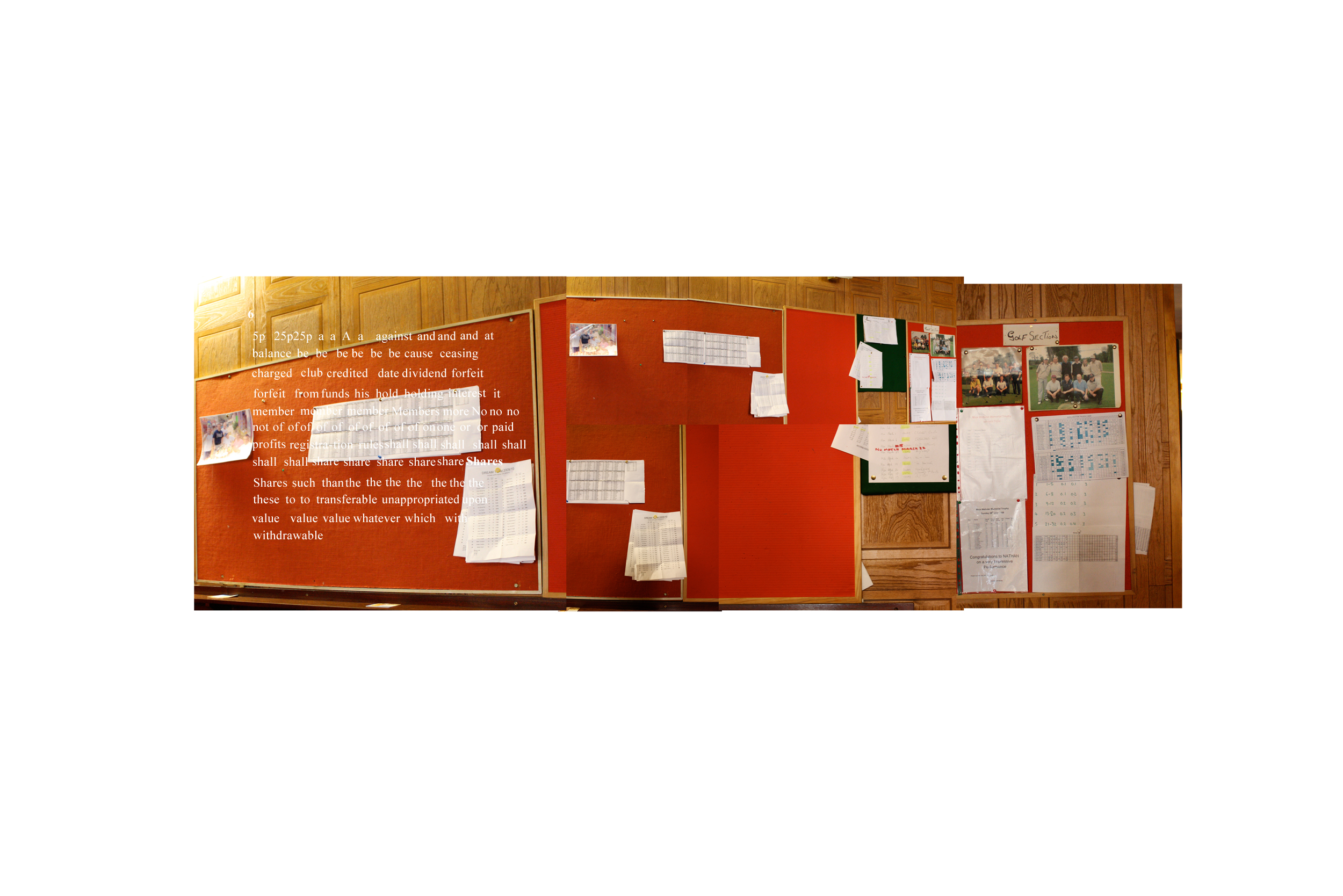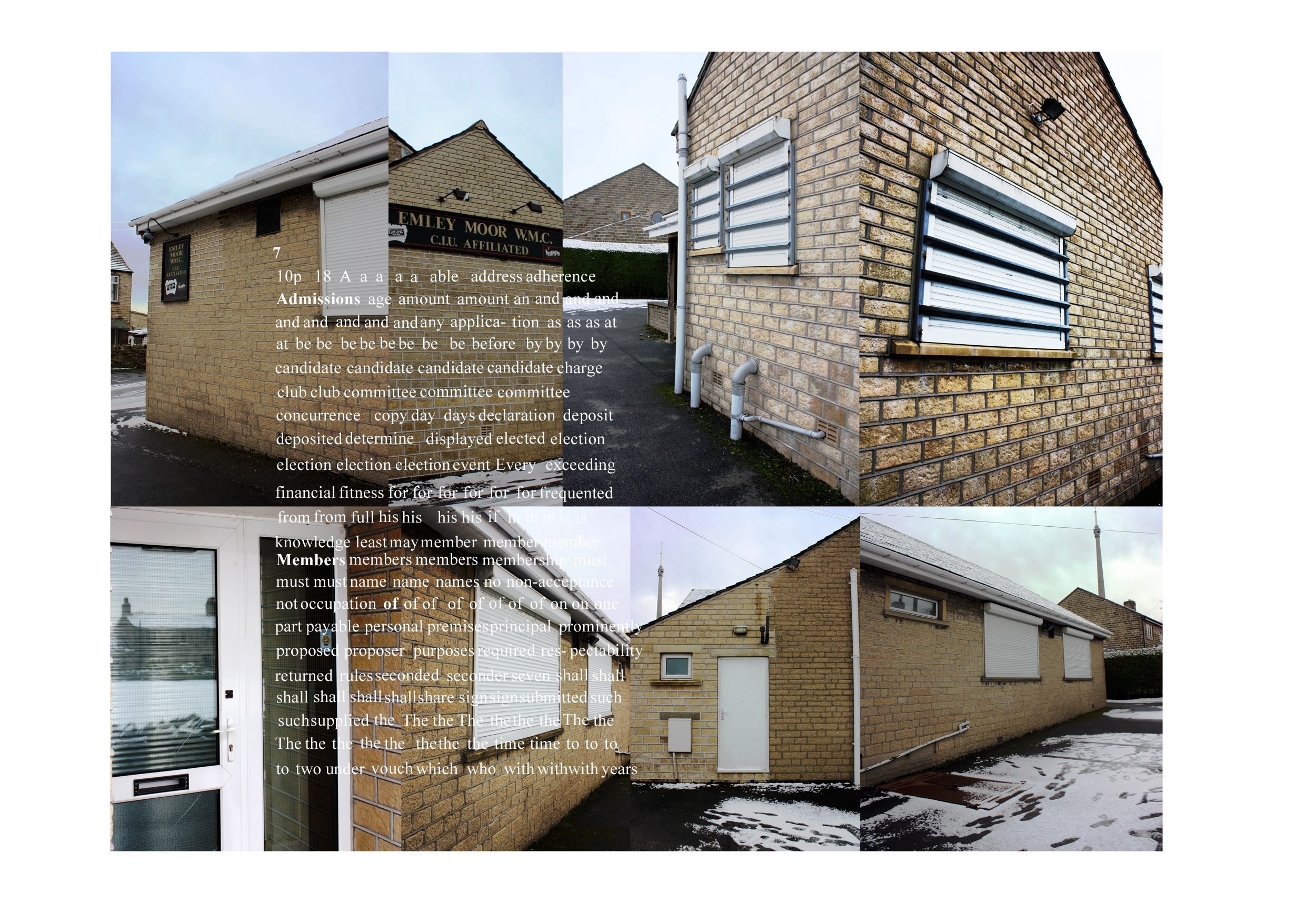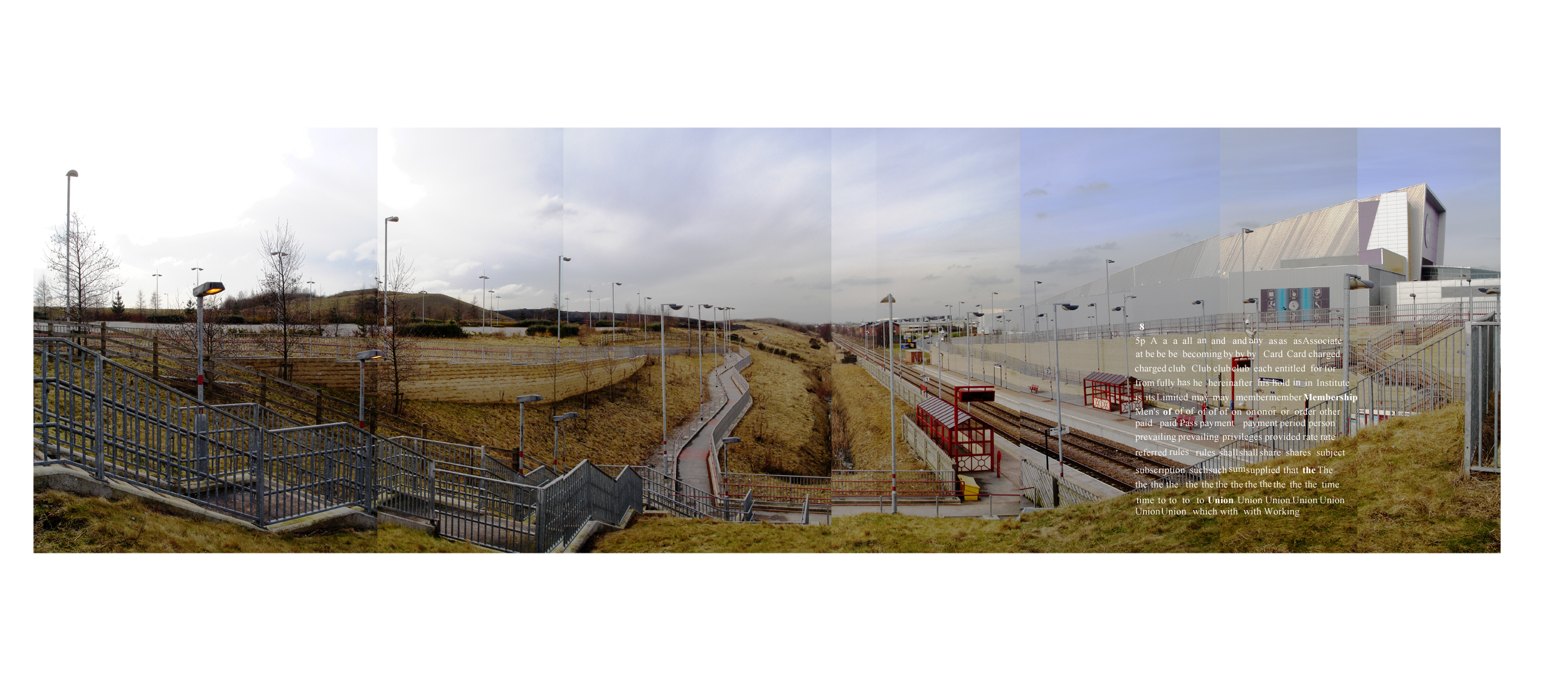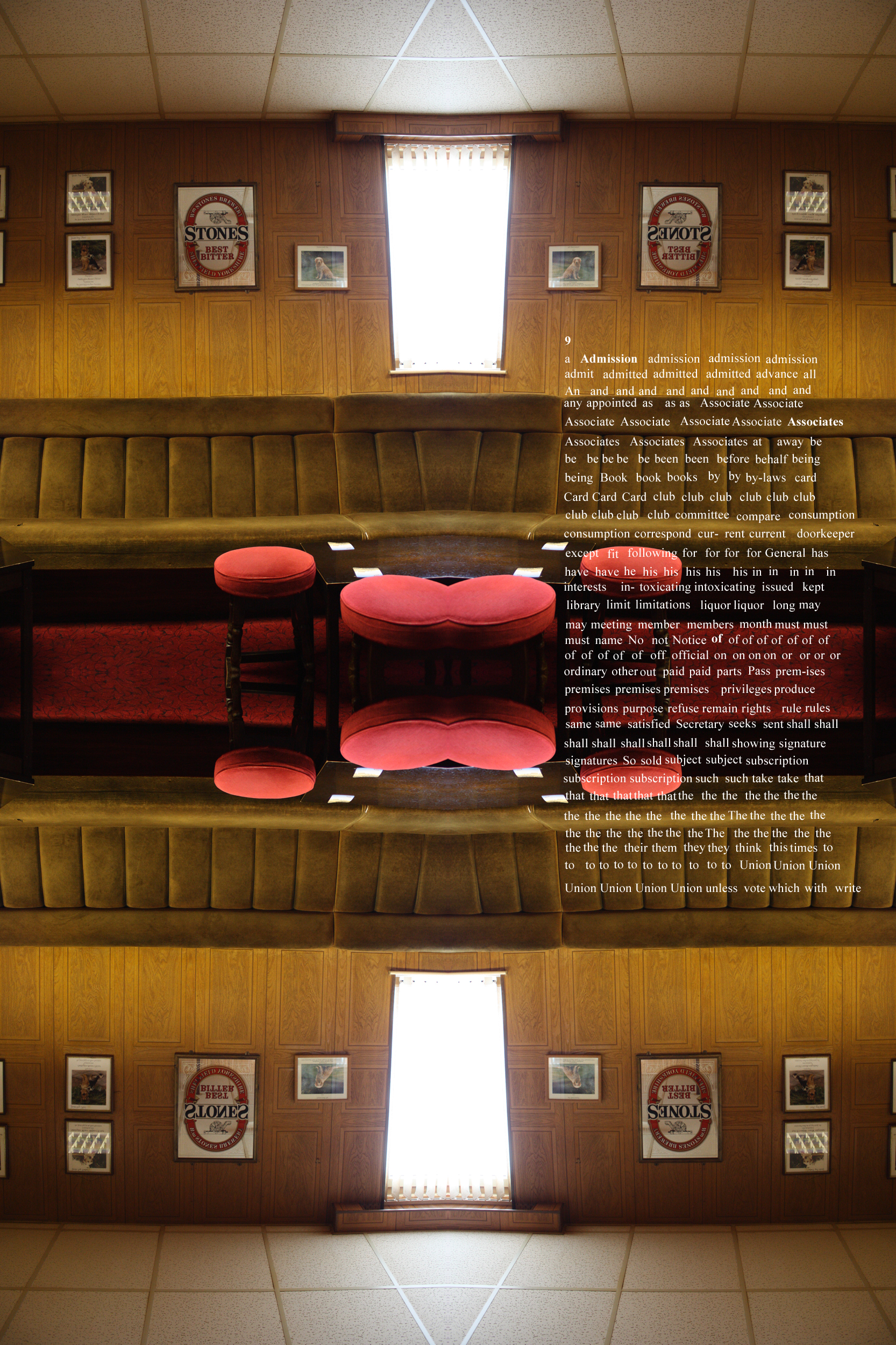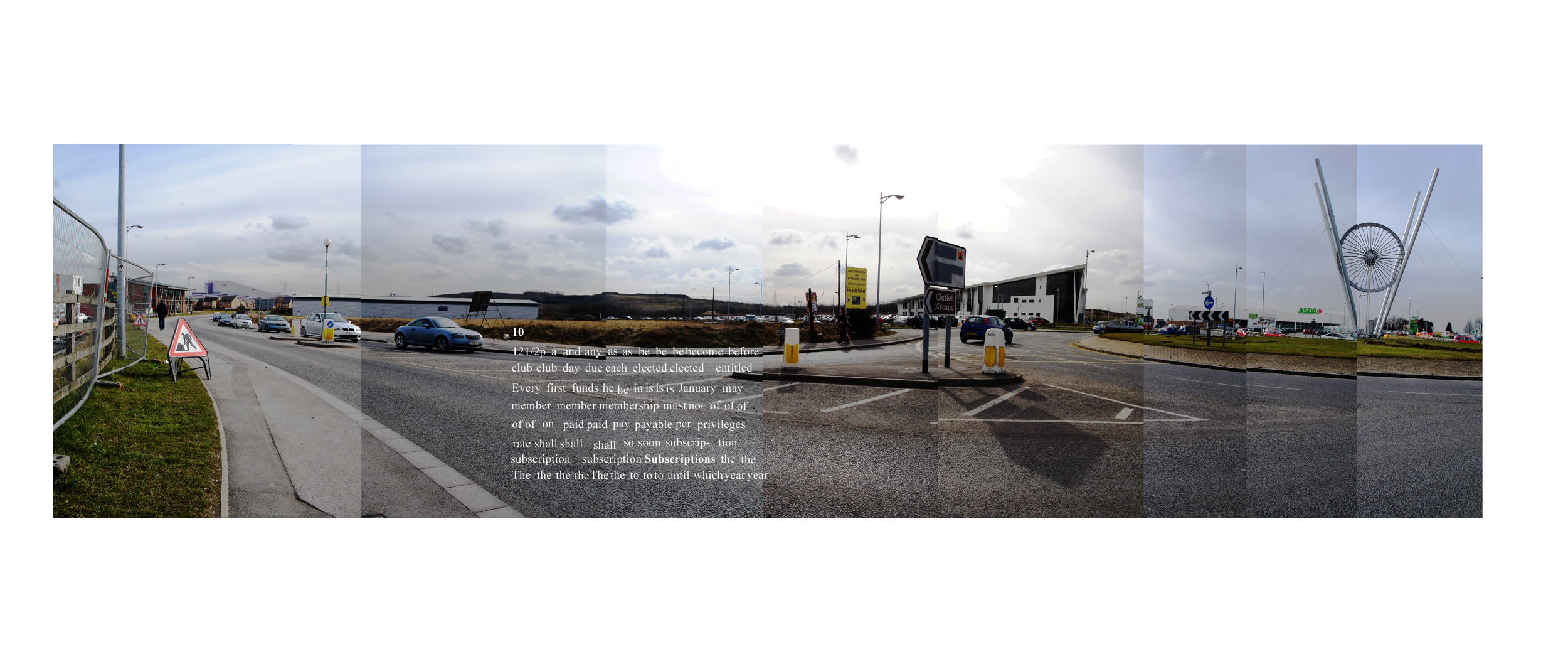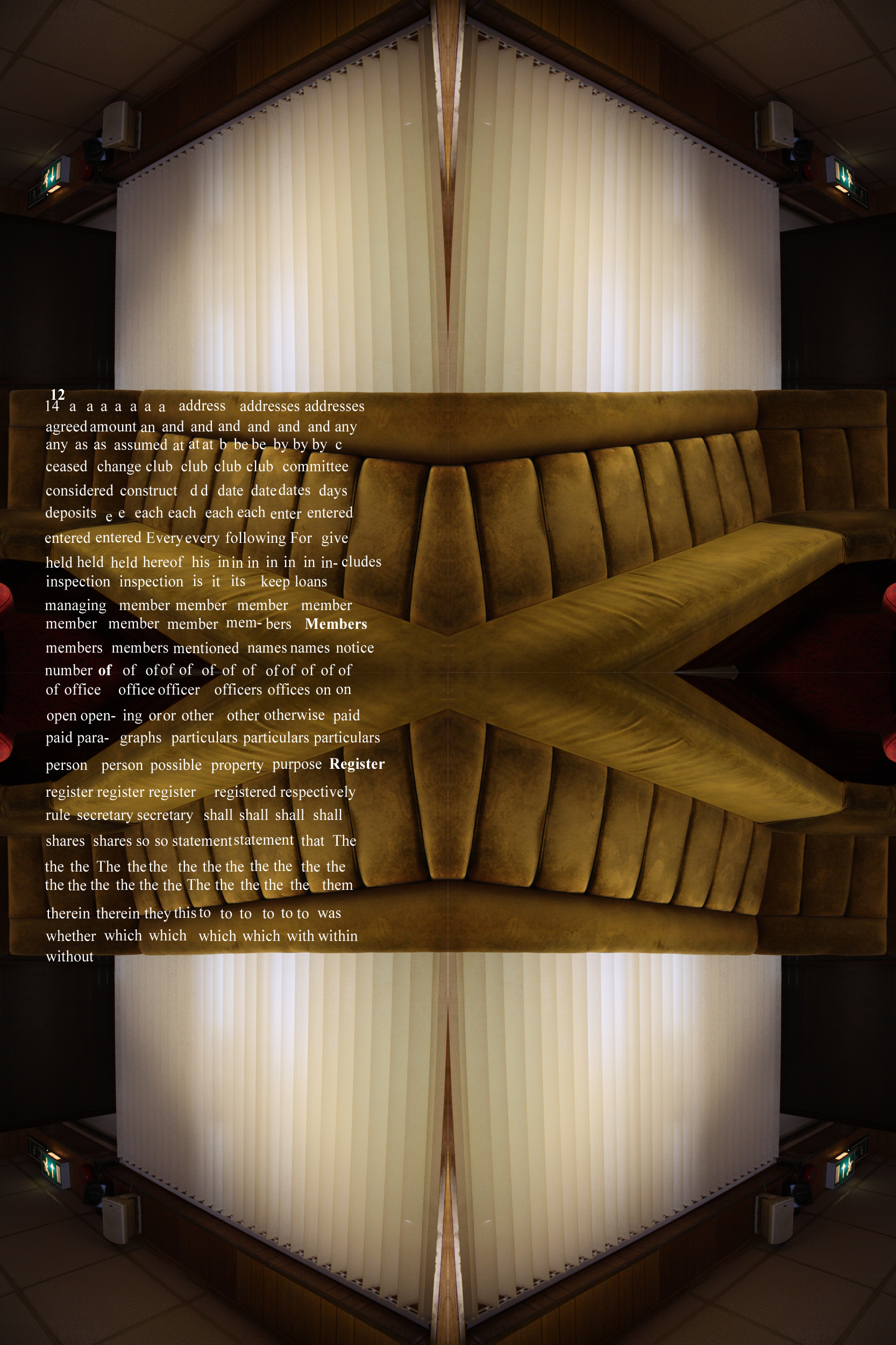wants
This project explores the noticeboards found in working-men’s clubs across northern England. These modest yet densely layered surfaces that speak about class, identity, and the rituals of belonging.
Drawn from a photographic archive of club interiors dating from 2010, the research traces how typography, rules, and everyday signage come together to form a distinctive linguistic landscape.
At the heart of this world is the Club and Institute Union (CIU) rulebook: a functional, letterpress-printed document that reflects the ambitions of reformer Henry Solly, who imagined the club as a space of education, social improvement, and collective redemption.
But this ideal was shaped - and sometimes resisted - by the members themselves, whose own desires for leisure and escape, and their own sense of community and identity produced a richer, more complex environment.
The club noticeboard captures this tension.
It’s both formal and improvised, glamorous and austere, and operates as both a regulatory surface and an expressive space - a vital piece of the club’s infrastructure that reveals how rules, affiliations, and everyday materials construct a kind of typographic cultural memory.
Here, identity is not something that’s imposed from above but, instead, is assembled from within: through printed reminders, typed announcements, and handwritten signs that map a shared interior world.
These fragments offer more than nostalgia; they help us understand how classed experiences of space, authority, and affiliation continue to shape what it means to feel at home.
Combining images of interiors and exteriors with fragments of the Club and Institute Union (CIU) rulebook, these images isolate a single rule, breaking it down into its constituent words and reordering them alphabetically—displacing authority, and allowing new readings to surface.
The alphabetical lists are not illustrative captions, but a means of reorganising a language of regulation and control. In doing so, they suggest an authority via the materiality of rules, the aesthetics of order, and the quiet utopian impulses embedded in the club’s everyday signage.
